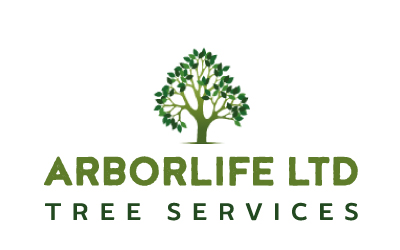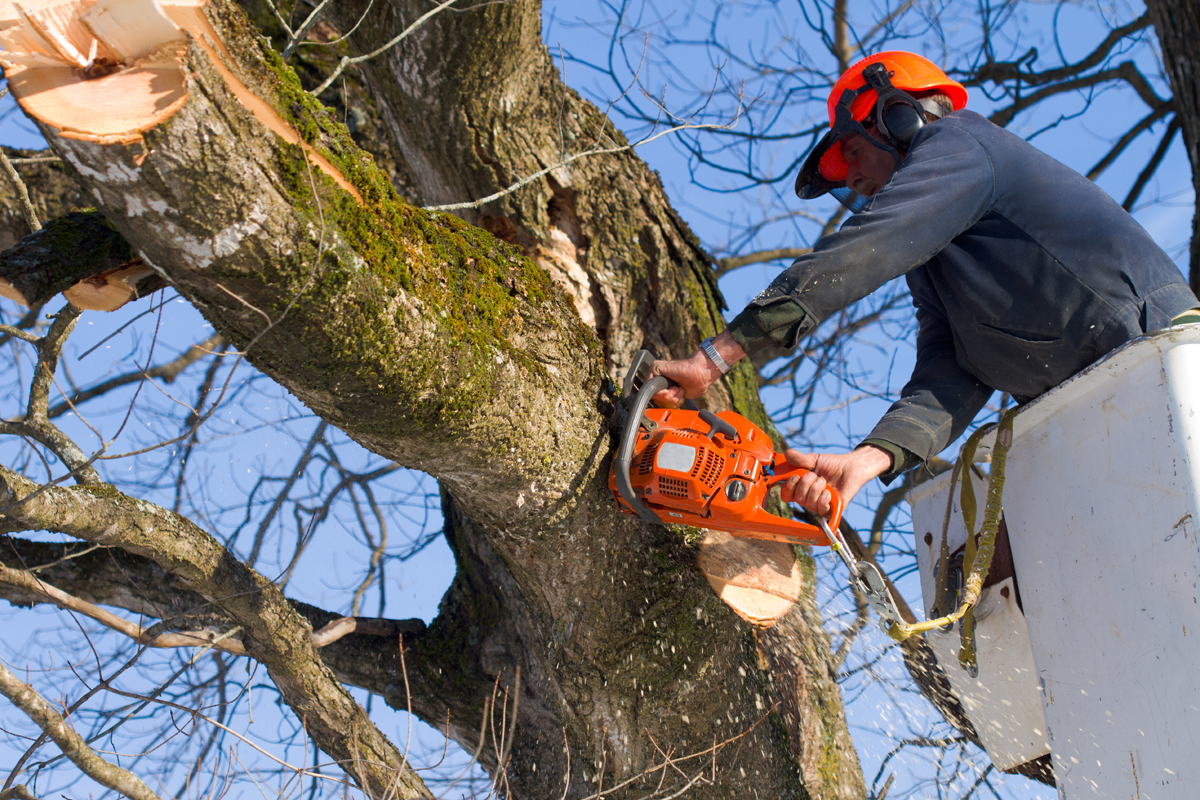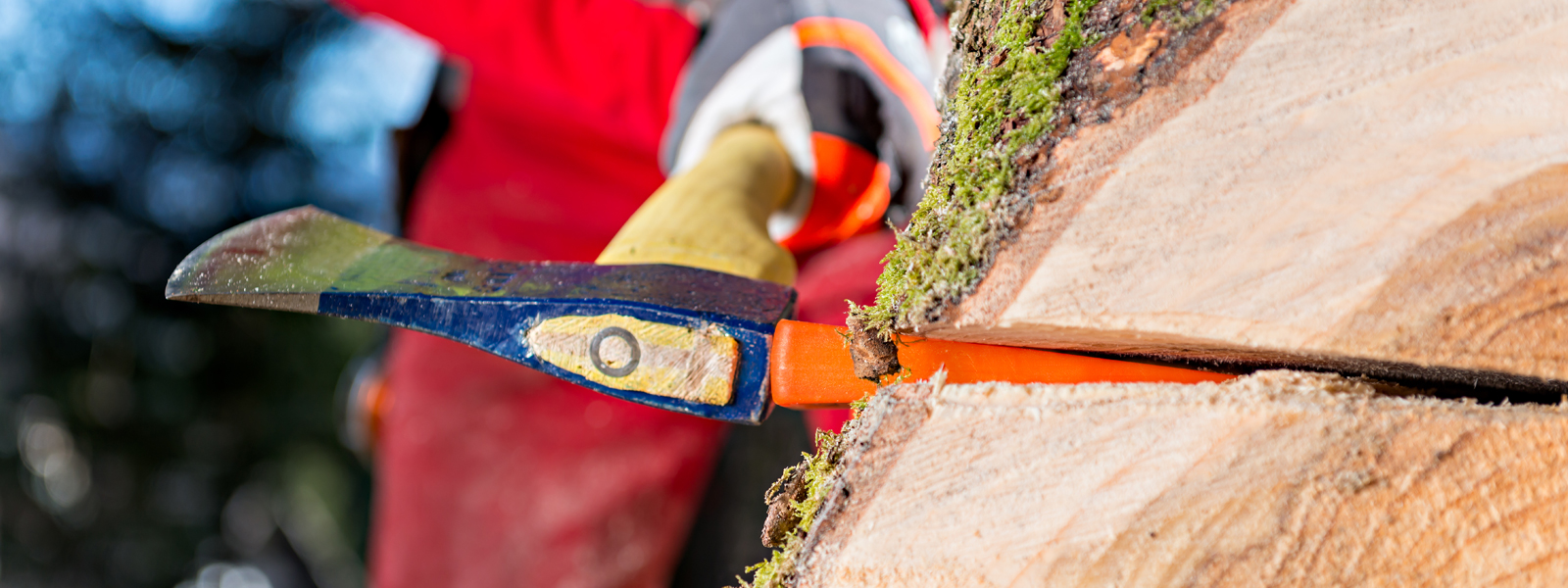Call today for a free quote
07775 837892

Call today for a free quote
07775 837892
Tree felling is one of the most specialist operations in arboriculture. Whether a tree has become unsafe, outgrown its space, or needs removing for landscaping, it must be carried out with precision, planning and safety at the forefront. At ArborLife Tree Surgeons, we provide safe, efficient, and fully insured tree felling services across Leatherhead, Cobham, Guildford, Epsom, Surbiton and all surrounding Surrey areas.
We use two primary techniques depending on the location, surrounding structures and available space: sectional felling and straight felling.
Sectional felling is used where space is limited, or where nearby buildings, fences, conservatories or public areas make straight felling unsafe.
This controlled method involves a trained arborist climbing the tree and removing it piece by piece, starting from the top. Each section is lowered to the ground using professional rigging equipment such as:
• Lowering ropes
• Slings
• Pulleys
• Friction devices
Benefits of Sectional Felling
• Safest option for urban gardens and confined spaces
• Protects nearby structures, lawns, vehicles and pathways
• Allows full control over every cut and every branch
• Ideal for large trees close to property boundaries
Sectional dismantling is the most common method for tree removal in residential areas across Surrey.
Straight felling is the traditional method of bringing down a tree in a single controlled fall. This technique is only used when there is ample clear space for the tree to fall safely.
Our trained team assesses the lean, wind direction and escape routes before making precise directional cuts using wedges and pulling ropes to ensure the tree falls exactly where intended.
Straight Felling Is Ideal For:
• Large, open gardens
• Fields and woodlands
• Sites with no nearby obstacles
• Land clearance projects
Straight felling is often quicker and more cost-effective when conditions are suitable.
Every tree and every location is different. Before any felling takes place, our qualified tree surgeons carry out a full assessment of:
• Tree size, species and structural condition
• Proximity to buildings and utilities
• Access and surrounding space
• Ground conditions
• Public safety factors
Based on this, we advise whether sectional dismantling or straight felling is the safest and most efficient option.
This ensures zero damage, minimal disruption, and complete peace of mind for our clients.
• Fully qualified and insured team
• BS 3998:2010 compliant tree work
• Advanced rigging and climbing techniques
• Full waste removal and optional stump grinding
• Local experts covering Leatherhead, Cobham, Guildford, Epsom, Surbiton & Surrey
• Free quotes and honest advice
We’re committed to providing a safe, professional and dependable service for every tree we remove.

1. How do I know if a tree needs felling?
A tree may need felling if it is unsafe, diseased, leaning dangerously, causing structural damage, or has outgrown its space. ArborLife provides free inspections to help you decide the best option.
2. Do I need permission to have a tree felled?
You may need approval if the tree is protected by a Tree Preservation Order (TPO) or if your property lies within a Conservation Area. We can check this for you.
3. What is the safest way to remove a tree near a house?
Sectional dismantling is the safest method. The tree is taken down in controlled pieces using rigging systems so nothing falls unexpectedly.
4. How much does tree felling cost in Surrey?
Prices vary by size, access and complexity. Most residential tree removals range from £250–£1,500. We provide free, no-obligation quotes.
5. Do you remove all waste after felling?
Yes. All timber and branches are removed or chipped. We also offer stump grinding to clear the site fully.
6. Can a felled tree grow back?
Some species can re-shoot if the stump is left. Stump grinding prevents regrowth completely.
